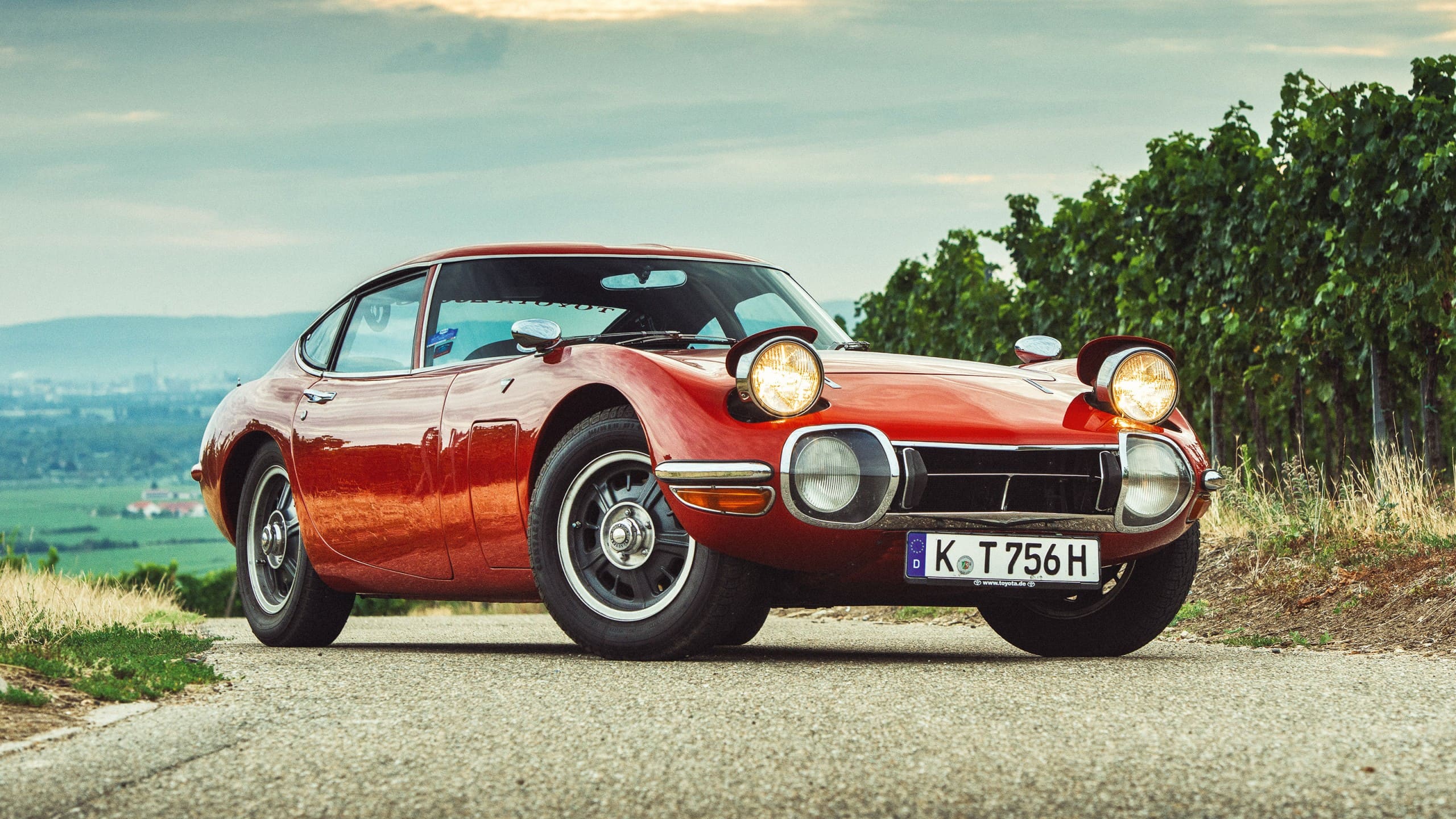Depreciation is one of the nastiest words in the car world. As you probably know, the minute you drive a new car off the dealership lot, it’s technically a used vehicle, and you can no longer get the price you paid for it. Over the years, depreciation takes up to 90% of the value making the prices of old and well-worn vehicles ridiculously low. That’s also happened with the prices of the world’s most sought-after classic cars.
True, those vehicles are now cherished and multi-million-dollar investment pieces, but once, they were just old cars on the way to the scrap yard. Some even ended up there forever. All the vehicles on our list were once very cheap. But unfortunately, they aren’t anymore. Check out these cars that were once worthless but now cost big prices if you can even find them for sale.
Toyota 2000 GT

This car was introduced in 1967 and turned the eyes of the car world to a small company from war-torn Japan. All car magazines of the period praised the ride and driving dynamics. Despite having only 150 HP from its high-revving 2.0-liter six-cylinder, the 2000 GT had decent performance and almost race car-like handling. In the late ’60s, this car entered the SCCA championship and found much success (via Toyota UK).

Unfortunately, due to high prices and poor brand recognition, the number of 2000 GTs sold was very low – exactly 351 cars until 1970. It didn’t even help that it was in a James Bond film. But we couldn’t call it a failure. The 2000 GT did precisely what it was supposed to do; it showed the world that the Japanese car industry was the next big thing in the car world.
